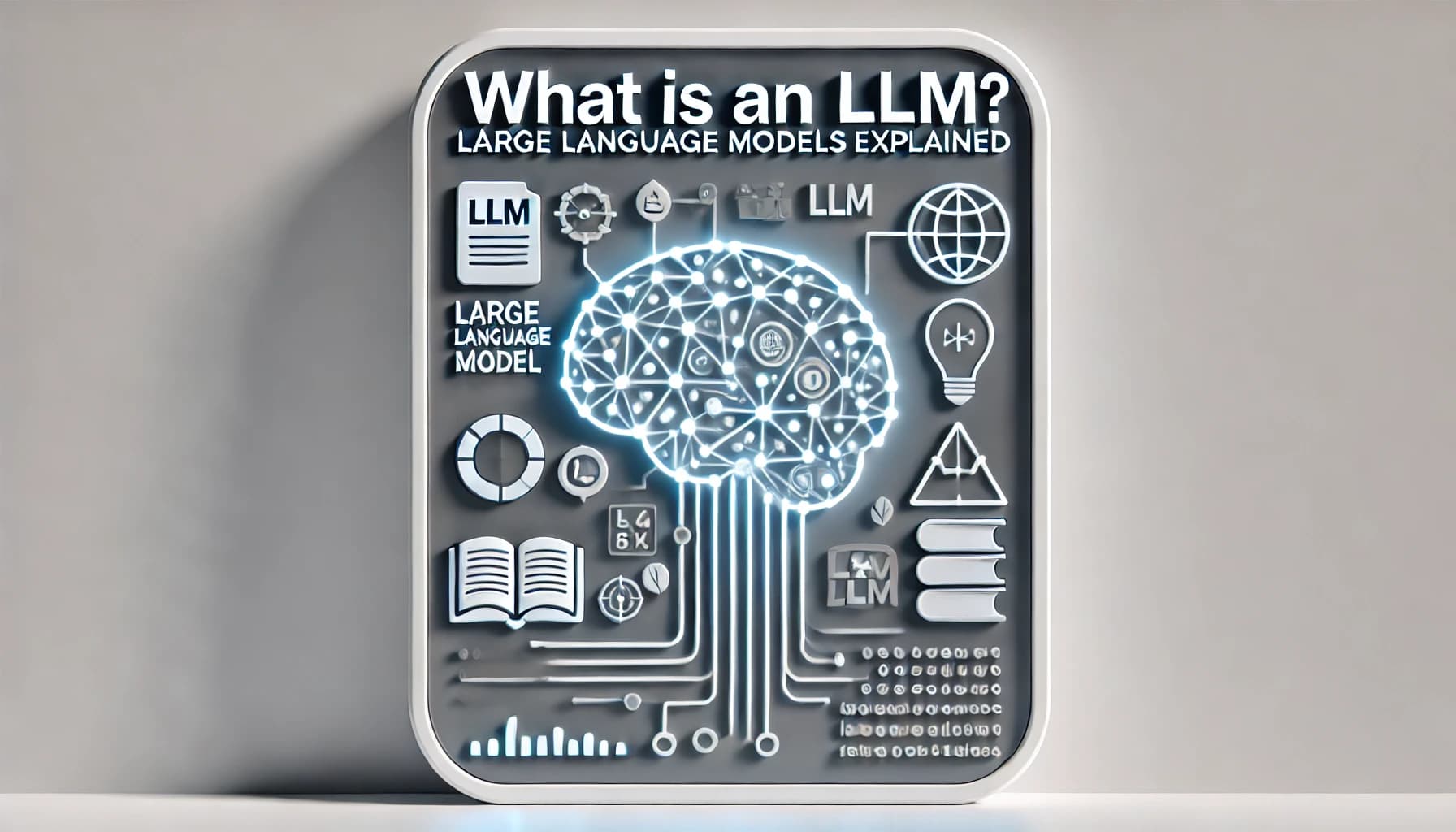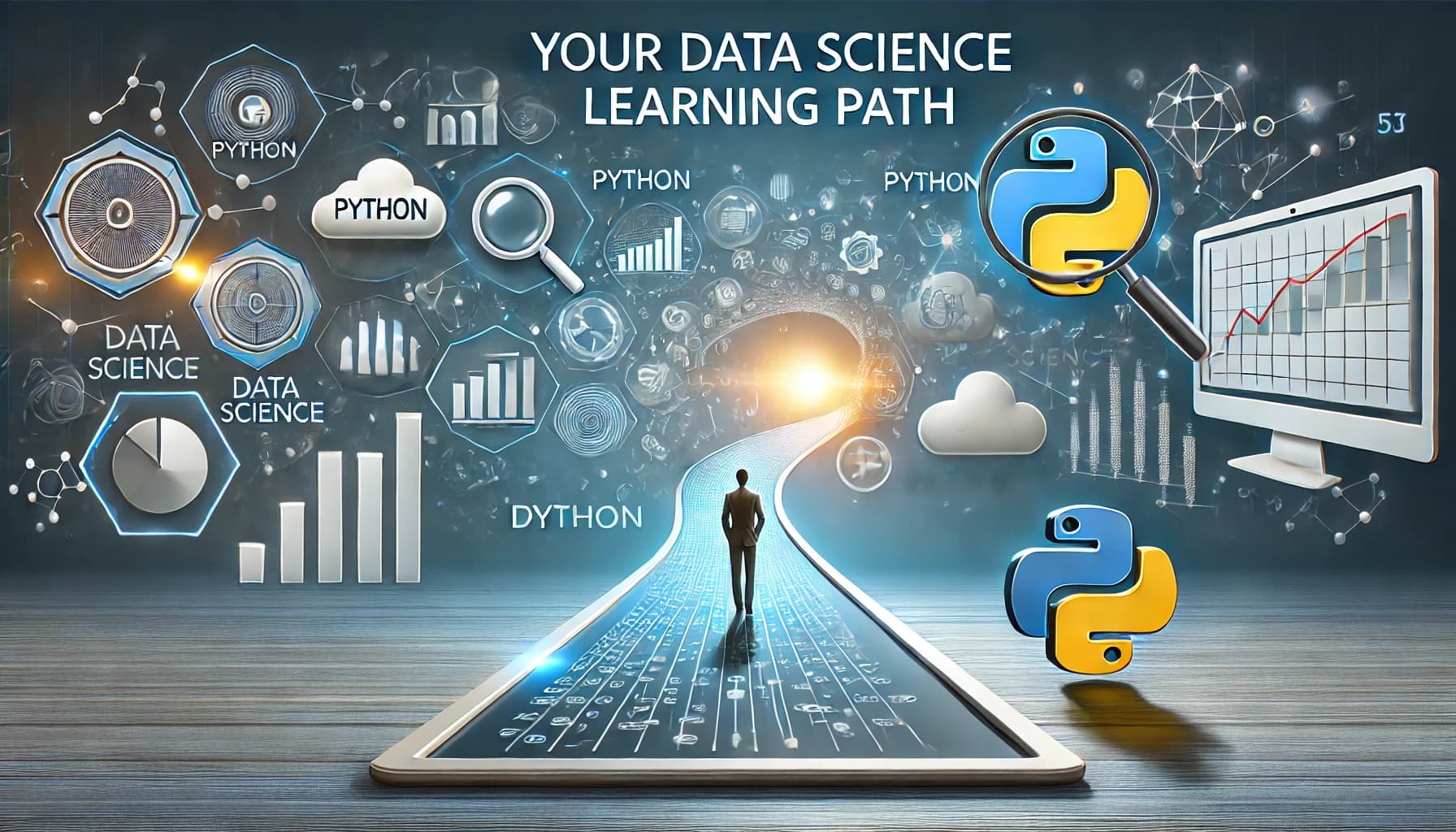What is an LLM (Large Language Model)? A Simple Explanation
FREEIntroduction
In the world of artificial intelligence, you might have heard the term LLM, which stands for Large Language Model. These are the brains behind AI tools like ChatGPT, virtual assistants, and even auto-correct on your phone. But what exactly is an LLM, and how does it work? In this article, we’ll break it down in simple terms and use examples to make it easy to understand.
What is an LLM?
An LLM (Large Language Model) is a type of AI system trained to understand and generate human-like text. It uses patterns in language to respond to questions, write essays, translate languages, and more. The “large” in LLM refers to the massive amount of text data and computational power used to train these models.
Think of it like a very advanced version of a dictionary combined with a brain that has read millions of books, articles, and websites.
How Does an LLM Work? A Simple Example
Imagine you’re texting a friend, and you type, “What’s the weather l…” Your phone might suggest, “like today?” This is a basic form of language modeling.
Now, let’s scale that up:
Learning Patterns: An LLM is trained by reading billions of sentences from books, websites, and more. For example, if it sees the phrase “roses are red,” it learns that the next likely word is “violets are blue.”
Understanding Context: Unlike simpler tools, LLMs don’t just predict the next word—they understand the overall context. If you ask, “Why is the sky blue?” it knows you're asking about science, not poetry.
Generating Text: Based on what it learned, an LLM can generate entire paragraphs that feel like they were written by a human. For example, if you type, “Tell me about space,” the LLM might respond:
"Space is a vast, seemingly infinite expanse that contains galaxies, stars, planets, and much more."
Everyday Examples of LLMs
Here are some ways LLMs are already part of your daily life:
- Chatbots: Tools like ChatGPT or customer support bots use LLMs to answer your questions.
- Translation: LLMs power apps like Google Translate to convert text between languages.
- Email Assistance: Features like auto-complete in Gmail suggest phrases as you type.
- Writing Tools: Apps like Grammarly use LLMs to help improve your writing.
Why Are LLMs Important?
LLMs are transforming how we interact with technology by making AI feel more human. Here’s why they matter:
- Improved Communication: They help businesses and individuals communicate more efficiently.
- Education and Learning: LLMs can act as tutors, explaining complex topics in simple ways.
- Creativity Boost: They assist in writing, brainstorming, and generating creative ideas.
- Accessibility: LLMs break language barriers by enabling instant translations.
The Limits of LLMs
While LLMs are powerful, they aren’t perfect. Here are some challenges:
- Accuracy: They can sometimes give incorrect or outdated information.
- Bias: Because they learn from human text, they can pick up biases present in the data.
- Lack of Understanding: LLMs don’t truly “understand” topics; they just predict patterns.
A Fun Example of an LLM in Action
Let’s say you ask an LLM:
“Write a short poem about pizza.”
The LLM might generate:
"Oh, pizza, round and full of cheer,
With melted cheese that draws us near.
A crust so crisp, a sauce so sweet,
A perfect dish, the ultimate treat!"
This shows how an LLM can create something entertaining and creative in seconds.
How Are LLMs Trained?
Training an LLM involves:
- Collecting Data: Feeding the model millions or billions of sentences from books, articles, and websites.
- Teaching Patterns: Using powerful computers, the AI learns relationships between words and concepts.
- Fine-Tuning: Adjusting the model for specific tasks, like writing code or answering customer questions.
Conclusion
LLMs, or Large Language Models, are powerful AI systems that understand and generate human-like text. They’re behind many of the tools we use every day, making our lives easier, more creative, and more connected. While they’re not perfect, their potential is enormous.
As LLMs continue to evolve, they will unlock even more possibilities, from helping students learn to assisting doctors in making better decisions. The future of language and AI is just beginning!







